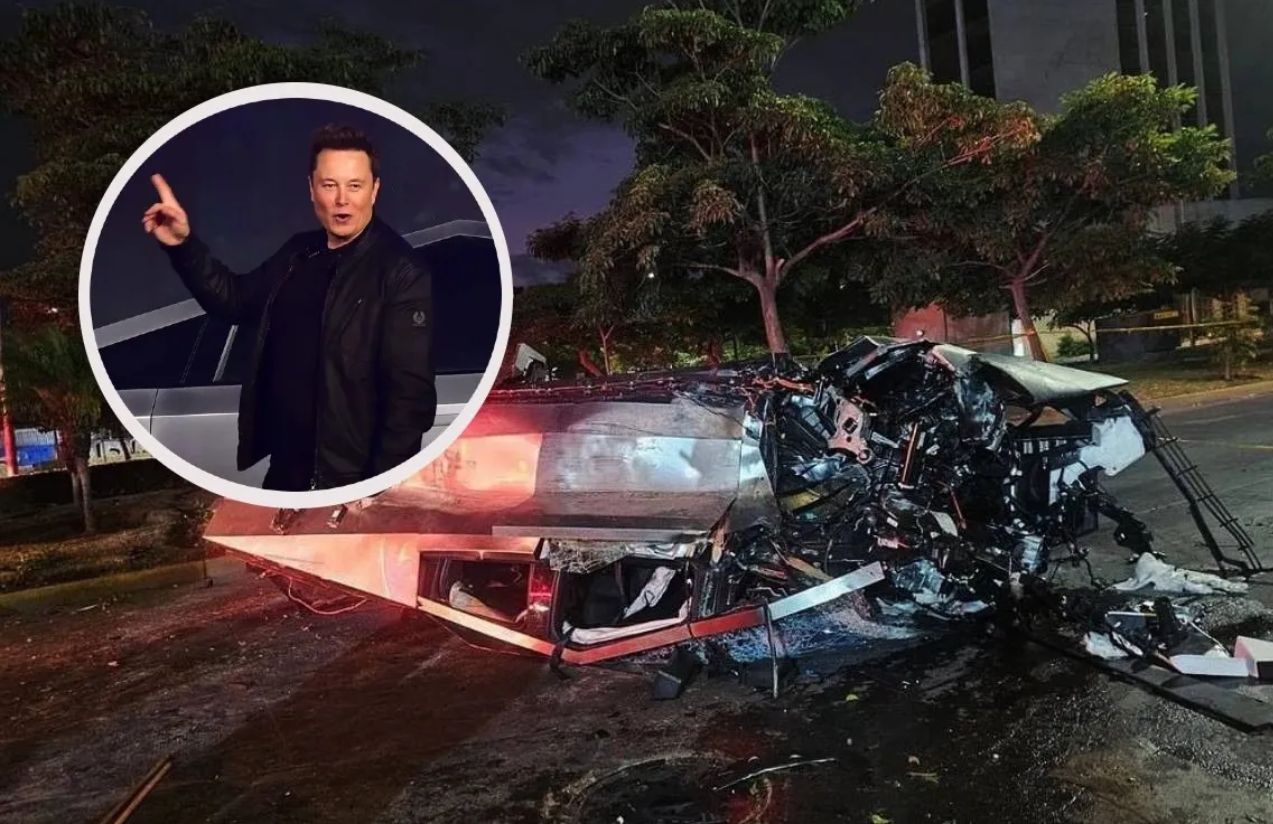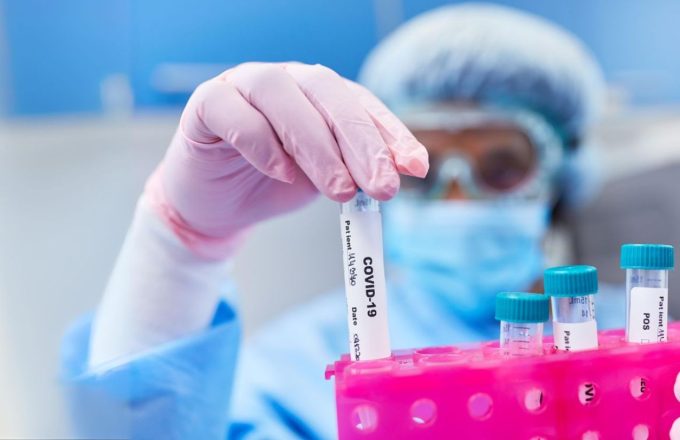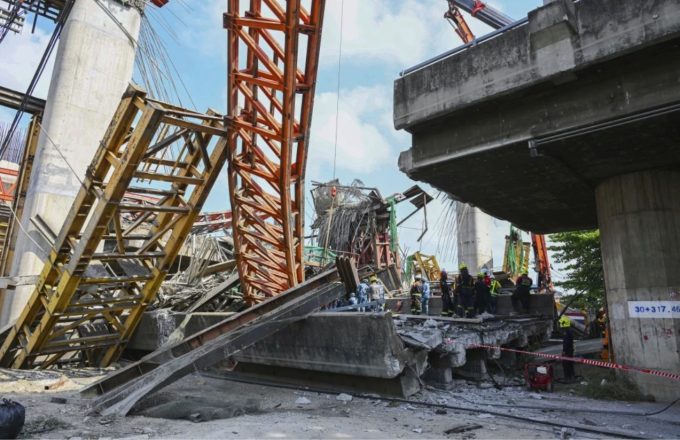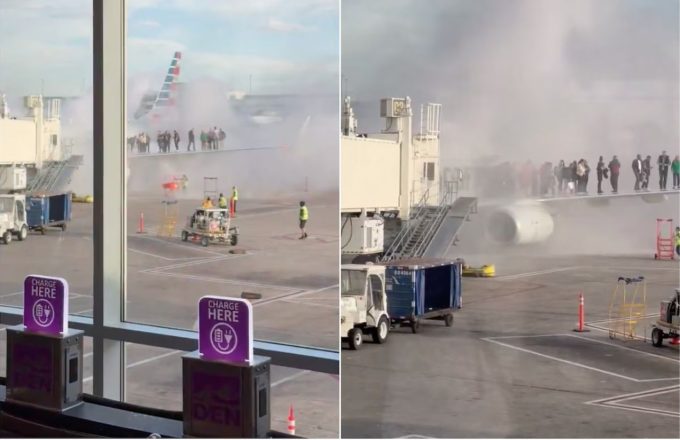A Tesla Cybertruck equipped with the latest version of the Full Self-Driving (FSD) system crashed into a light pole in Florida after failing to maneuver correctly on a narrowing road. The driver, Jonathan Challinger, was uninjured and shared his experience to warn other users about the risks of the system.
According to Challinger, the accident was a combination of an FSD failure and his own lack of attention. The Cybertruck was driving in the right lane when it began merging with the left, but the system did not react in time. The vehicle hit the curb and ultimately crashed into a pole without attempting to brake or correct its trajectory.
The driver, who was using FSD version 13.2.4, admitted on the social media platform X that he made a mistake by relying too much on the system.
“It’s obviously a big mistake on my part. Don’t make the same mistake I did. Pay attention. It can happen.” — Jonathan Challinger on X.
Despite thanking Tesla for the Cybertruck’s safety design, which protected him from injury, Challinger also subtly criticized the system, stating that it should not have allowed the vehicle to crash, even if he wasn’t paying attention.
This accident reignites the debate over FSD’s safety, a technology Elon Musk has promoted as revolutionary but still faces scrutiny. While Tesla claims the system must be used with human supervision, the U.S. National Highway Traffic Safety Administration (NHTSA) continues to investigate multiple FSD-related accidents, including a fatal one.
Challinger’s crash could be the first recorded incident involving FSD version 13, raising questions about Tesla’s promised advancements. Additionally, it highlights a recurring issue with the system: its difficulty in handling lanes that narrow or disappear, a problem other users have previously reported.
The conditions at the time of the accident—a wet road and low nighttime visibility—may have also impacted the FSD’s performance. However, the fact that the system failed to respond properly in these circumstances underscores its limitations and the importance of drivers remaining attentive behind the wheel.




















